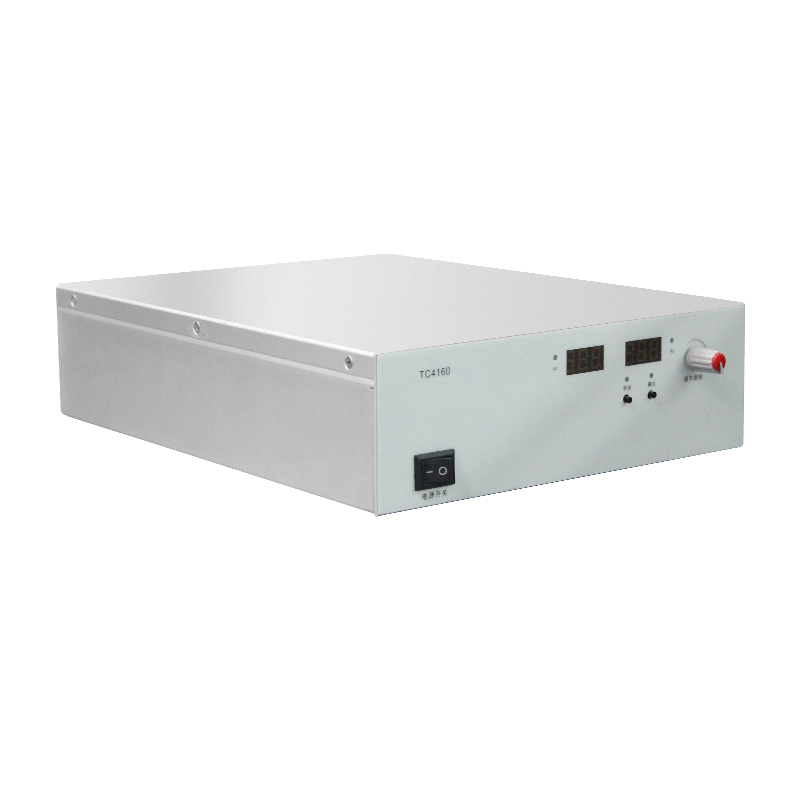Design Key Points of Small High-Voltage Power Supply Modules
Small high-voltage power supply modules are widely used in medical equipment, aerospace, scientific research instruments, and other fields due to their compact size and high integration. However, achieving high-voltage output, high-efficiency conversion, and stable operation within a limited space is challenging. Their design requires comprehensive consideration of circuit topology, power density optimization, electromagnetic compatibility (EMC), and other aspects. The following elaborates on the key design points from the core technical aspects.
1. Selection and Optimization of High-Efficiency Circuit Topologies
Small high-voltage power supply modules need to balance power transfer efficiency and space occupation. The flyback topology is commonly used in module designs with an output power below 100W due to its simple structure and good isolation characteristics. By optimizing the winding turns ratio of the transformer and the magnetic core material, the voltage conversion ratio can be increased to over 1:500. For higher power requirements, the phase-shifted full-bridge soft-switching topology becomes the preferred choice. This topology uses resonance technology to achieve zero-voltage switching of power switches, increasing the power supply efficiency to over 95% while reducing heat generated by switching losses, thus simplifying the thermal design. Additionally, combined with digital power control technology, real-time monitoring and dynamic adjustment of the duty cycle can further improve the load regulation and voltage stability of the power supply.
2. Power Density Enhancement and Thermal Design
Enhancing power density is a core objective in the design of small high-voltage power supply modules. On one hand, wide-bandgap semiconductor devices such as gallium nitride (GaN) or silicon carbide (SiC) are employed. Their high switching frequency (up to the MHz level) and low on-resistance characteristics reduce the size of power devices by more than 40%. On the other hand, PCB layout and stacking designs are optimized. Multilayer PCB structures are used to isolate high-voltage and low-voltage circuits, reducing the impact of parasitic parameters and shortening current paths to minimize line losses. In terms of heat dissipation, a combination of micro-channel heat dissipation structures and phase-change materials is adopted. Micro-channels increase the heat transfer efficiency by expanding the heat dissipation area, while phase-change materials absorb heat during phase transitions at high temperatures, effectively controlling the module's temperature rise. This ensures that the temperature of key internal components does not exceed 95°C even in an ambient temperature of 70°C.
3. Electromagnetic Compatibility and Electrical Safety Design
Electromagnetic interference (EMI) generated during the operation of small high-voltage power supply modules may affect the normal operation of surrounding equipment, so the design must strictly comply with EMC standards. Multistage LC filter networks are added to the input and output terminals to suppress common-mode and differential-mode interference, reducing conducted interference by more than 10dB within the frequency band of 150kHz 30MHz compared to the standard limits. For radiated interference control, metal shielding enclosures and grounding optimization designs are used. The shielding enclosures are made of high-permeability materials, and with multi-point grounding technology, the radiation intensity is reduced to below 30dBμV/m. In terms of electrical safety, dual-insulation isolation is applied to the high-voltage output terminals, with an insulation withstand voltage of over 4000V AC. Meanwhile, triple protection mechanisms for overvoltage, overcurrent, and short circuits are set up, with a fault response time of less than 100μs to ensure equipment and personal safety.
4. Intelligent and Scalable Design
To meet diverse application requirements, small high-voltage power supply modules need to be intelligent and scalable. Programmable logic controllers (PLCs) or digital signal processors (DSPs) are built-in to achieve precise regulation and dynamic compensation of output voltage and current. Through standard communication interfaces (such as SPI, I²C, or CAN bus), the modules support real-time communication with the host computer, enabling remote parameter configuration and operation status monitoring. Furthermore, the modular design concept endows the power supply with parallel expansion capabilities. Through current sharing control technology, multiple modules can operate in parallel to meet high-power output demands.
The design of small high-voltage power supply modules is a multidisciplinary systematic project. Through the meticulous design of key aspects such as circuit topology, power density, electromagnetic compatibility, and intelligence, not only can the performance indicators of the modules be improved, but also their application scenarios can be expanded, providing strong support for the miniaturization and high-performance development of modern electronic devices.




















